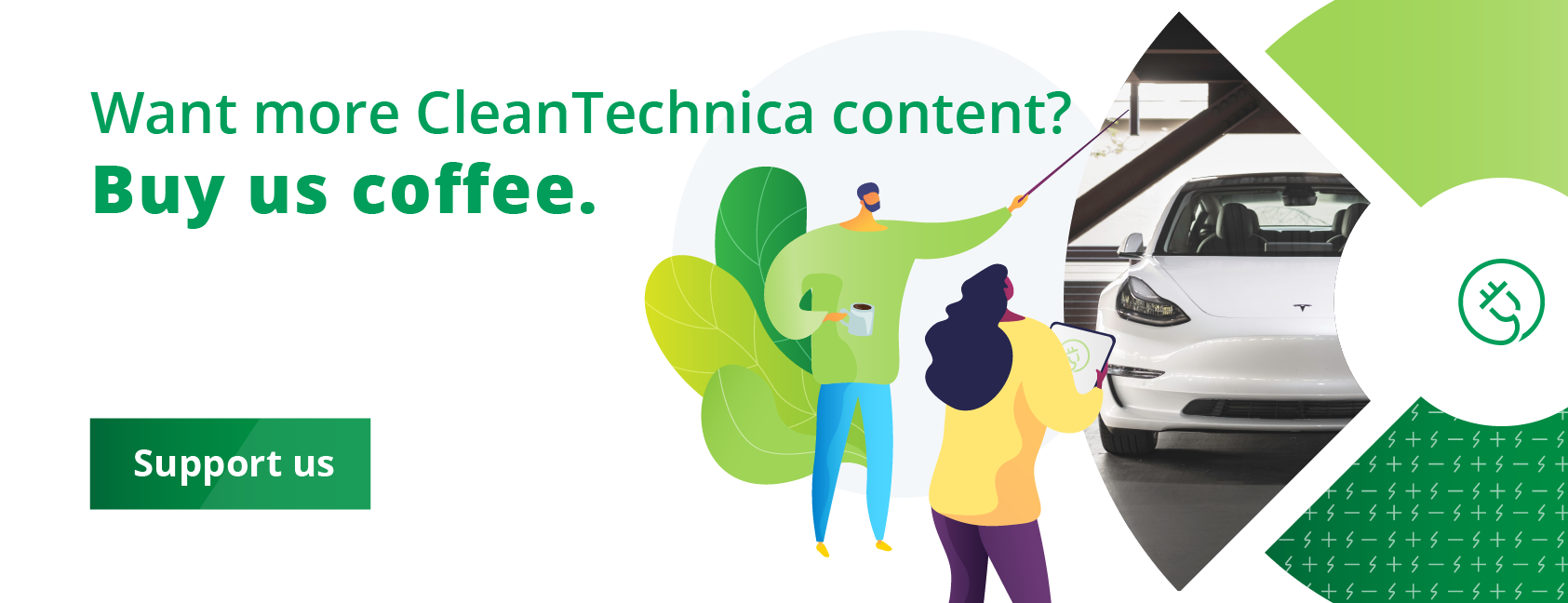
Some recent recent public statements by CalBike, an organization dedicated to advocating for cyclists in California, tells us about the exact wrong way to deal with the death of a teenager on an e-bike. Instead of calling for (or, better yet, funding) better bicycle infrastructure and better driver behavior around bikes, politicians and even a New York Times columnist decided to blame the victim for his own death. Even worse, they’re blaming teenagers on e-bikes everywhere.
First, let’s look at what the Encinitas city council is doing in response to the tragedy. Despite witnesses saying the boy on the bike did everything right, and followed all traffic rules, they’ve declared an “e-bike emergency” and want to ban teenagers from riding bikes.
In response to this, CalBike gives a thorough debunking of the idea that cyclists of any age are the problem. Even teens with exceptional riding skills are getting killed on the streets. Deaths of cyclists are on the rise everywhere, but they’re mostly happening to people riding traditional pedal-powered bikes, and not people using pedal assist or a throttle. In other words, the numbers behind blaming victims just doesn’t add up.
Instead, CalBike insists that the cities blaming cyclists and e-cyclists for getting killed need to step up with the funding for better bike lanes instead of blaming a victim’s whole demographic for their own deaths.
CalBike also tackled a front-page New York Times article that tried to victim blame after this tragedy. They didn’t spend as much time on the topic (because their first statement was pretty thorough), but they again pointed out that blaming victims and passing BS laws/ordinances is no substitute for proper infrastructure.
The Mistakes Anti-E-Bike People Make
Looking at what governments and commentators/journalists are doing, as well as the comments I’ve seen about this on social media, I don’t think everyone who calls for e-bike regulations in response to tragedies like this are all making the same mistake. So, I need to look at them individually.
When it comes to California politicians, it’s the usual problem of, “When you’re holding a hammer, every problem looks like a nail.” The sad truth of politics at all levels is that banning stuff is the easy button. Taxpayer funds are always in short supply compared to needs and wants, and making yet another thing illegal doesn’t have to go in the city, county, or state budget. Fixing road infrastructure costs money, so they’d rather play dumb games and misdirect public attention away from the problem.
It’s also tough politics to tell drivers to behave. I don’t personally agree with urbanists and planners who think we should be super harsh on drivers, because high fines disproportionately hurt the poor and lowering speed limits to unnatural levels doesn’t really make people slow down. But, more reasonable solutions to the problem, like narrowing a street up a little to make room for a protected bike lane also upset drivers. So, the politicians avoid that, too.
When it comes to commentators (both at professionals at newspapers and amateurs on social media), the problem is usually one of Luddism. The term Luddite originally referred to people who would break industrial machinery because they thought it was threatening their jobs, but these days a Luddite is basically anyone who fears new technology.
Bikes are already seen as dangerous by many people, and we’ve all been taught from a young age that “speed kills.” If this were true, the German Autobahns would be the most dangerous places on the planet, but they aren’t, and there are many other reasons to doubt this societal myth. Sadly, as George Carlin said, “Governments don’t want a population capable of critical thinking, they want obedient workers, people just smart enough to run the machines and just dumb enough to passively accept their situation.”
So, when the average obedient mid-wit is presented with a situation where bikes are mixed with speed, it’s the perfect storm of disinformation. Of course bikes are the problem! Faster bikes must be a bigger problem, right??
The Antidote To This Poisonous Line Of Thinking
If anyone, whether a politician or a commentator, tells you that they think e-bikes are dangerous, it doesn’t take much conversation to find the big error in the thinking. The trick to to steer the conversation politely toward the real problem.
If someone tells me they think e-bikes are dangerous, I simply ask them why. They usually approach the problem from the perspective of a driver or a pedestrian, because those are shoes they’ve walked in. The trick is to then ask them why they don’t feel comfortable riding a bike for transportation, and the answer to that question is almost always the cars they’d be sharing space with.
At that point, I ask them where they do feel comfortable riding bikes. The answer to that is almost always something like mountain bike trails, mixed-use pathways, or other places where they aren’t going to be sharing space with cars.
The real “aha moment” comes when you introduce the possibility of bikes not needing to share space with cars in cities and on highways. Dedicated bike paths, protected bike lanes, and other pro-bike arrangements are places where almost anybody would feel comfortable riding a bike.
In other words, we need to make it possible for people to see that infrastructure is denying bikes access, and not them as a driver or the behavior of the cyclists themselves. The only people left to blame are in government.

The Infrastructure Has To Be Good, Though
The biggest problem in the above conversation is that people have seen so many half-assed examples of bike-inclusive infrastructure that they doubt it can be done. Things like “sharrows” (a symbol painted on the road or on a sign telling people to share the road) or “protected” bike lanes where there’s nothing but a stripe of paint between a cyclist and 4,000+ pounds of fast-moving steel are common, and they’re just not enough to make most people feel comfortable riding.
Paint is not enough #paintisnotenoughpic.twitter.com/V6Vqf4HB5d
— XXI Century City (@urbanthoughts11) August 12, 2023
So, we need to be very careful to not let jargon like “protected bike lanes” keep us from communicating exactly what we mean. If someone thinks we’re talking about the lame crap they’ve already seen, they’ll think we’re delusional and want to force them to ride bikes and get killed, when neither things (forced riding or forced death) are true at all.
I don’t like paywalls. You don’t like paywalls. Who likes paywalls? Here at CleanTechnica, we implemented a limited paywall for a while, but it always felt wrong — and it was always tough to decide what we should put behind there. In theory, your most exclusive and best content goes behind a paywall. But then fewer people read it! We just don’t like paywalls, and so we’ve decided to ditch ours. Unfortunately, the media business is still a tough, cut-throat business with tiny margins. It’s a never-ending Olympic challenge to stay above water or even perhaps — gasp — grow. So …




